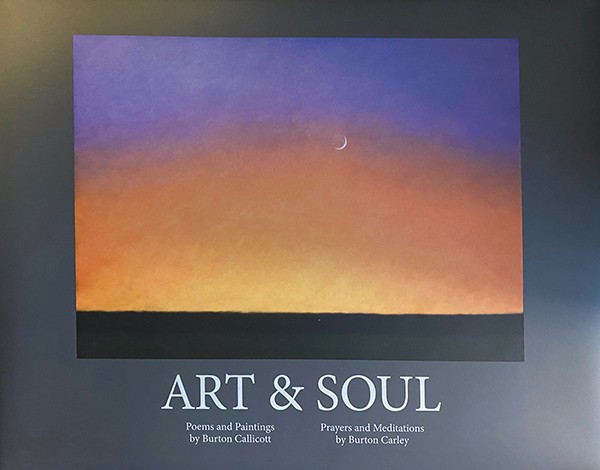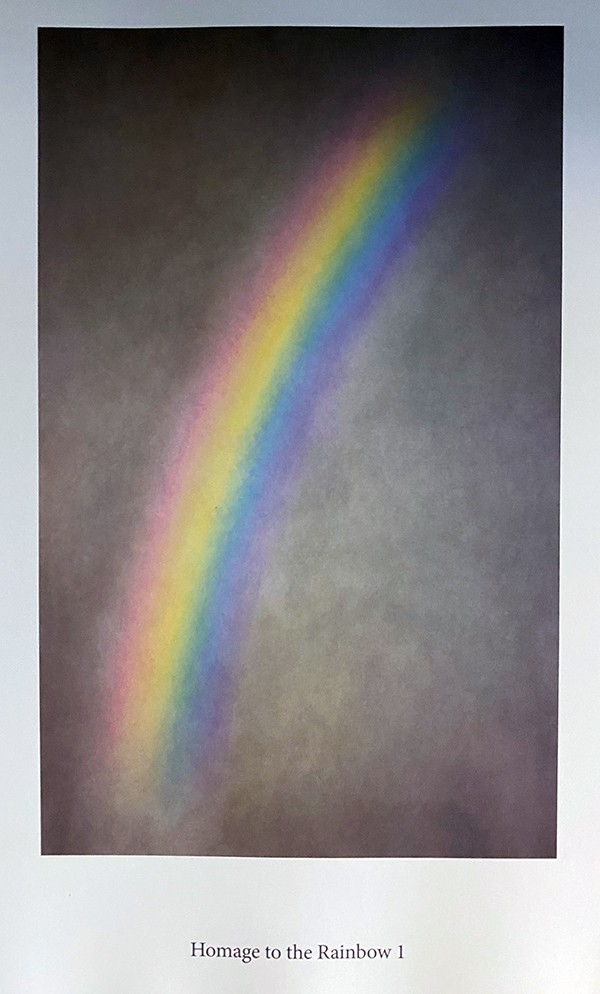It is a few weeks into this very different school year, and I have a message for Shelby County Schools: You are asking too much. Too much from students, too much from teachers, too much from families.
I understand concerns about lost learning. I can also imagine the difficulty of making sure that all students have access to devices, internet, supplies, and tech support, not to mention access to meals as well as support staff, like special education professionals.
I know that there aren’t a lot of great options for this school year, that is, but SCS has nevertheless made several decisions about virtual learning that actually work against the districts’ goals of effective instruction for all children.
 Veronika Viskova | Dreamstime.com
Veronika Viskova | Dreamstime.com
Pandemic education
I have been watching an SCS first grader in virtual learning, and here is what I see:
• A 6-year-old child who is normally excited about learning new things having to sit in a chair for six hours in front of a screen while she fidgets and struggles to pay attention.
• A busy screen full of children in the same boat; some at home, some in care outside of the home, but all of them forced to sit there like they are in an actual classroom.
• Multiple technical glitches that require a tech savviness that some children and families don’t have.
• Families who are spending time they don’t have on figuring out what their kids are supposed to do each day, how to print and upload assignments, and how to assess their academic progress.
• Teachers who spend copious amounts of time online and likely have little planning time for a giant shift in their instruction.
This summer, SCS had a chance to reimagine what school could look like this year and beyond. Instead, the district simply converted the school day to online and insisted on unnecessary rules, like having to wear shoes and universal bell times.
Having spent more than 15 years in the field of early childhood education, I know that practically all the best research tells us that this kind of remote learning does not work.
First and foremost, children should not be spending all day in front of a computer. This is true at any age, but especially true for elementary-age students whose brains and bodies can really only handle up to two hours of screen time a day.
Second, there is a real danger of increased obesity and health issues, and behavioral and learning problems can also result from this setup.
Third, teachers as well should not be spending all day in front of a computer. When they do, this increases emotional stress and physical tension while decreasing productivity, concentration, and creativity.
Finally, the current remote learning plan ignores the reality that many, if not most, families in Shelby County are likely overwhelmed with day-to-day life: work demands, financial concerns, health and safety concerns, institutional and systemic racism, political unrest, traumatic loss, and the list goes on.
What children, teachers, and families really need right now is flexibility and resources. I confess that even as an education professional and a mother of two, I do not have all of the answers. But I do have questions that I hope district professionals and policy makers will consider:
• Why do students need to be connected all day? Is the concern about truancy, delinquency, lost learning? Is there another solution for these concerns?
• Is a universal remote learning structure for all grades and kids the same as an equitable learning structure? Or does it put more pressure on families and kids with fewer resources?
• How might classrooms for all ages be “flipped”? (A flipped classroom is where children watch short instructional videos and do work independently and then come to class synchronously or in person to check in, discuss, and extend the learning.)
• What if children had short 1:1 check-ins instead of whole-group classes all day?
• What if homework looked like play and opportunities to connect to the real world?
• Why is there little understanding of current and previous trauma built into the school day?
• What would our kids and teachers be capable of if given autonomy within more realistic boundaries?
I know this is a complex puzzle and that a one-size-fits-all solution isn’t possible, but this is exactly what SCS is attempting to do. We know teachers and staff are working tirelessly under extraordinary conditions. Superintendent Ray has commented multiple times on the need for grace at this time. So, let’s give everyone a break from nonstop virtual classrooms and rethink what virtual school can and should be.
Victoria Kintner-Duffy, Ph.D., is a research and evaluation specialist at Teachstone and has worked in early childhood education for 15 years.
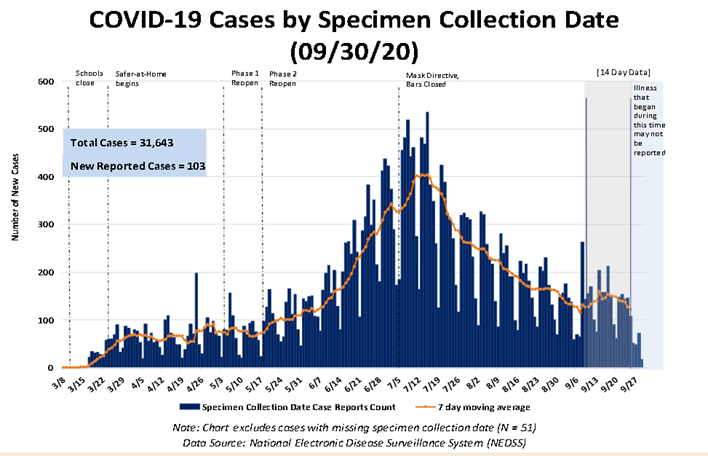
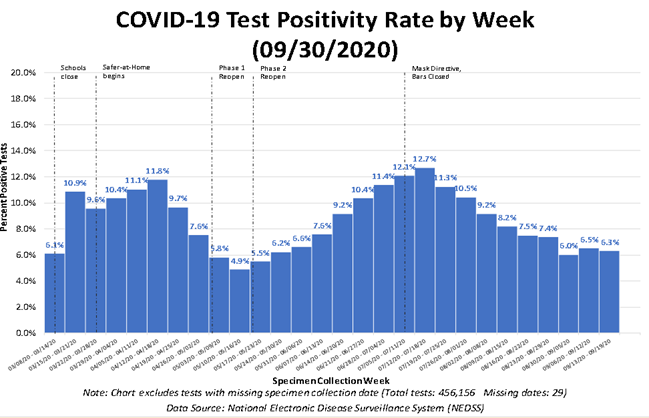
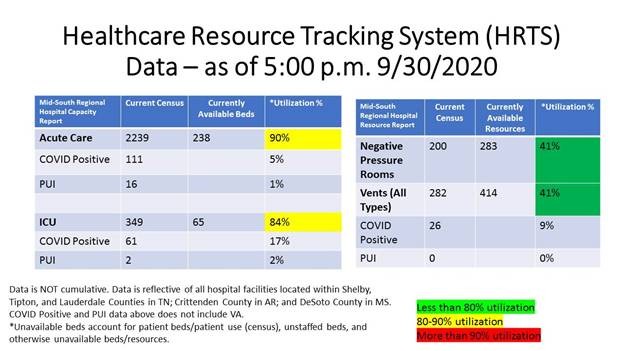
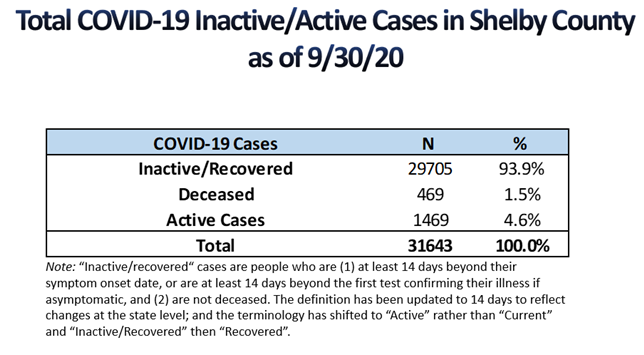
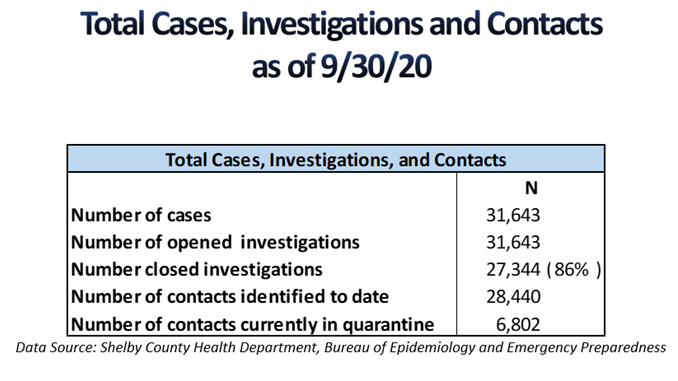
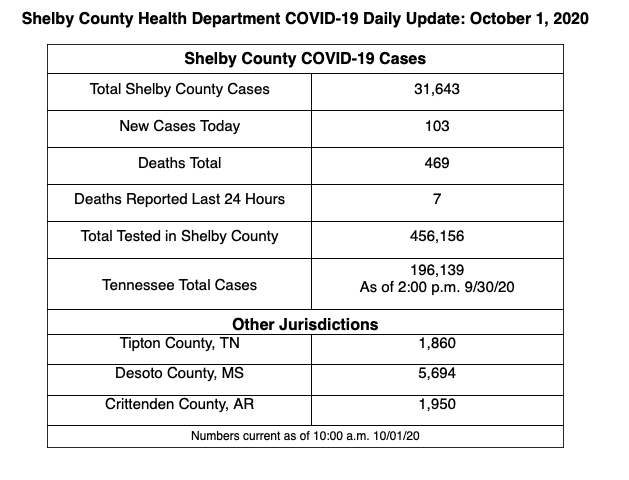
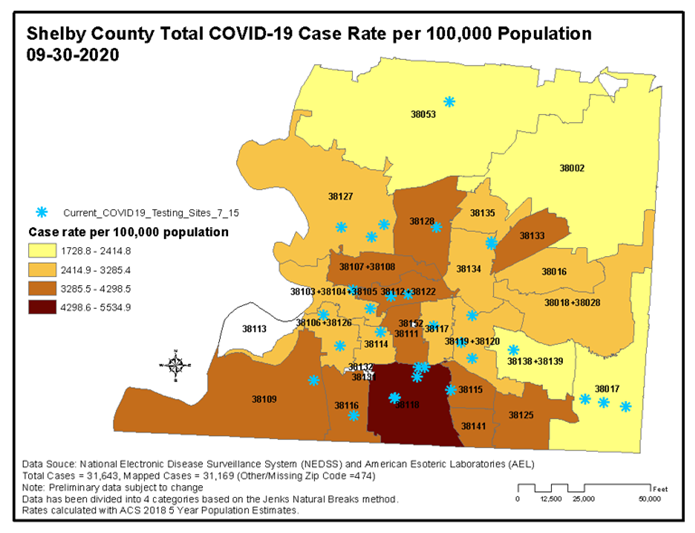
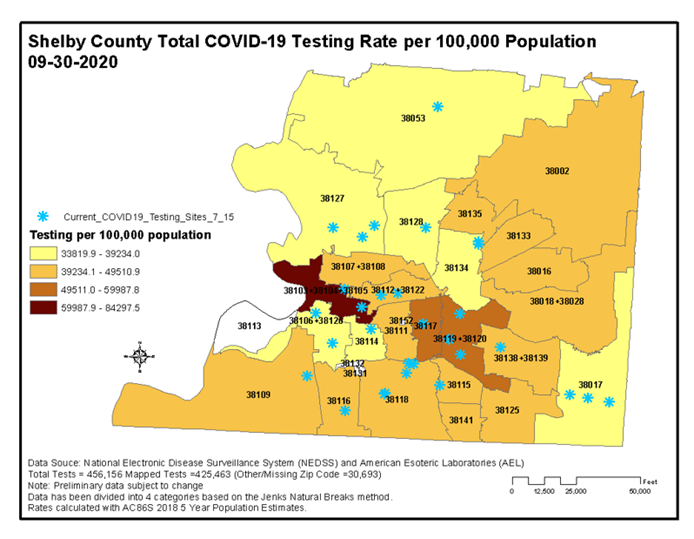
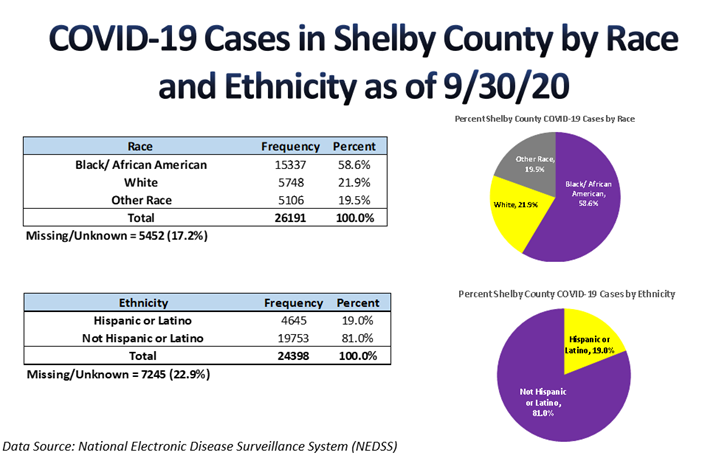

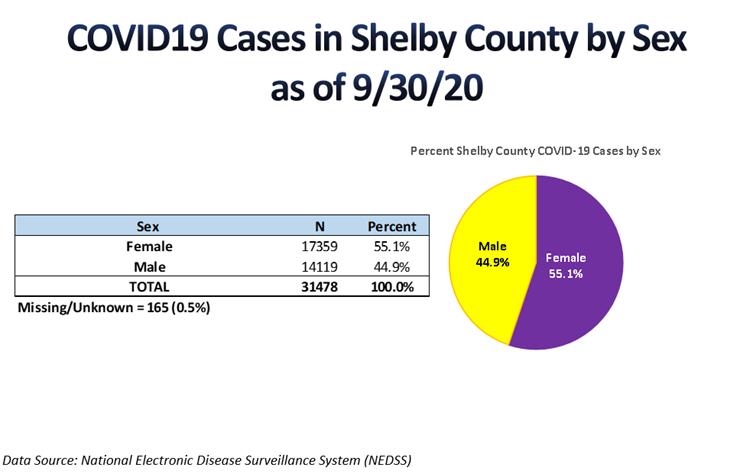
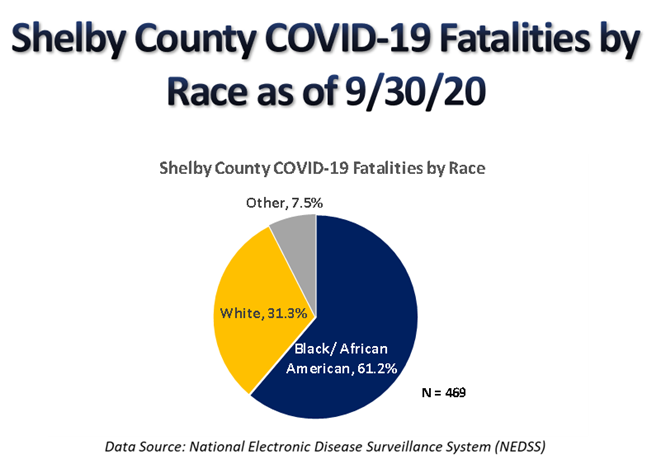
 Veronika Viskova | Dreamstime.com
Veronika Viskova | Dreamstime.com 